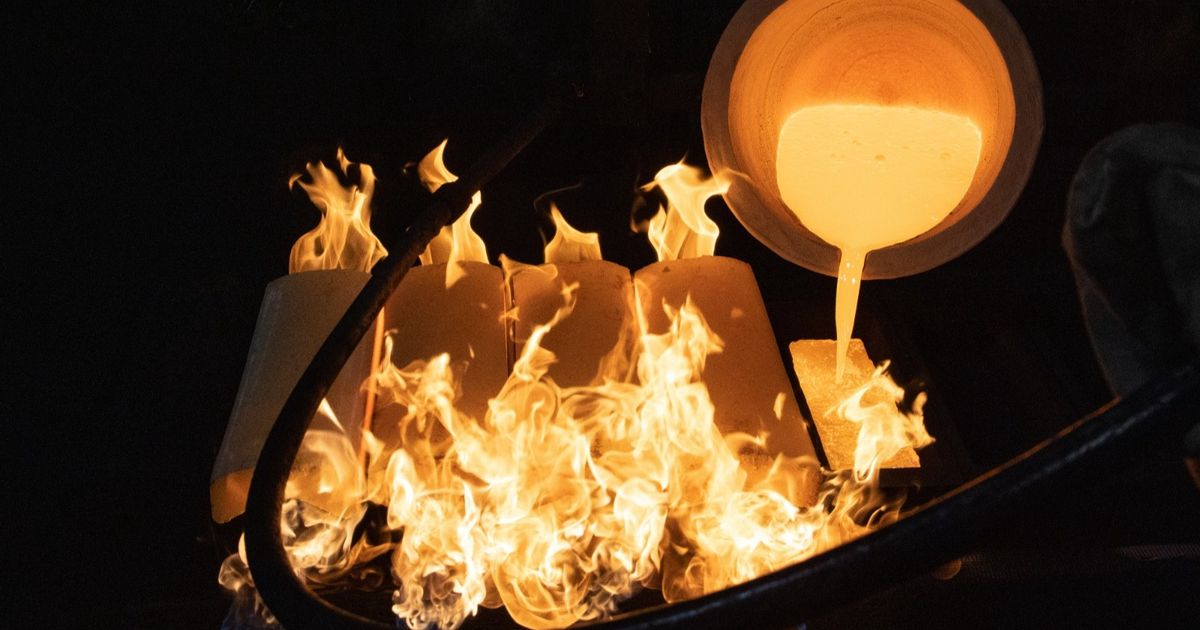Gold and silver prices continued to fall on Wednesday, following the biggest selling wave seen in the precious metals market in more than a decade, as investors took profits amid fears that the recent gains had inflated prices. Spot gold fell as much as 3% to trade near the $4,000 an ounce level, before paring its losses later. That came after it fell 6.3% on Tuesday, its biggest daily drop in more than 12 years. Silver also continued its losses after falling 8.7% in the previous session. These declines came after technical indicators showed that the strong rally in precious metals was in technically overdone territory. A sharp correction after a record rise. This sudden drop halted the months-long uptrend that had pushed gold and silver to new highs in recent days. Gold ended nine straight weeks of gains, while prices continued to rise about 55% since the start of the year, supported by central bank purchases, strong flows into exchange-traded funds, in addition to growing demand for safe havens amid trade and geopolitical tensions. “People may simply think: what’s stopping us? Most of us are long positions at premium levels, so this is a good time to take profits,” said Nicholas Vrabel, head of global institutional markets at ABC Refinery in Sydney. Rate cut bets support gold and silver prices Gold rose mainly supported by bets that the Federal Reserve will make a significant cut in interest rates before the end of the year, as well as what is known as a “valuation trade”, as some investors move away from sovereign debt and currencies to hedge the rising fiscal deficit. After Tuesday’s decline, Citigroup lowered its overweight recommendation on gold and warned against excessive concentration of buying positions. The bank’s commodity research team, led by Charlie Massey-Collier, said they expect a period of consolidation around the $4,000 an ounce level over the coming weeks. They added: “The old factors supporting gold may return later, such as the continuation of central bank purchases and their diversification away from the US dollar, but at current levels there is no reason to buy in a hurry as prices have exceeded the rationale for the ‘devaluation’ story.” Analysts: The correction is big, but it is normal. Technically, this move, while large, is considered a price correction, according to Nick Tweedall, chief market analyst at AT Global Markets in Sydney. He added: “My simple explanation is that the market saw huge flows to redistribute investments, and some major players took profits, which led to the activation of stop-loss orders during the decline. If the price clearly breaks below the $4,000 level, we could see a bigger wave of selling.” Pressing signs of progress in trade talks. These declines also came as investors gauged the possibility of progress in trade talks between the United States and China, following a period of renewed tensions that fueled demand for safe havens. US President Donald Trump on Tuesday expected his upcoming meetings with his Chinese counterpart Xi Jinping to result in a “good deal” on trade, but at the same time he acknowledged the possibility that the talks will not be held anytime soon. As for silver, the market saw a historic contraction in liquidity in London last week, forcing prices to surpass the highest level recorded in 1980 during the Hunt brothers’ attempt to monopolize the market at that time. Benchmark prices in London traded above futures prices in New York, prompting traders to ship the metal to the British capital to ease supply shortages. Warehouses linked to the Shanghai Futures Exchange also saw the biggest daily withdrawal of silver since February, while shares in New York also declined. Mass decline in precious metals By 8:23 am Silver was down 1.3% at $48.08 an ounce, while platinum and palladium prices also fell after losses of more than 5% each in Tuesday’s session.
Gold and silver prices continue to fall after the biggest selling wave in 12 years
